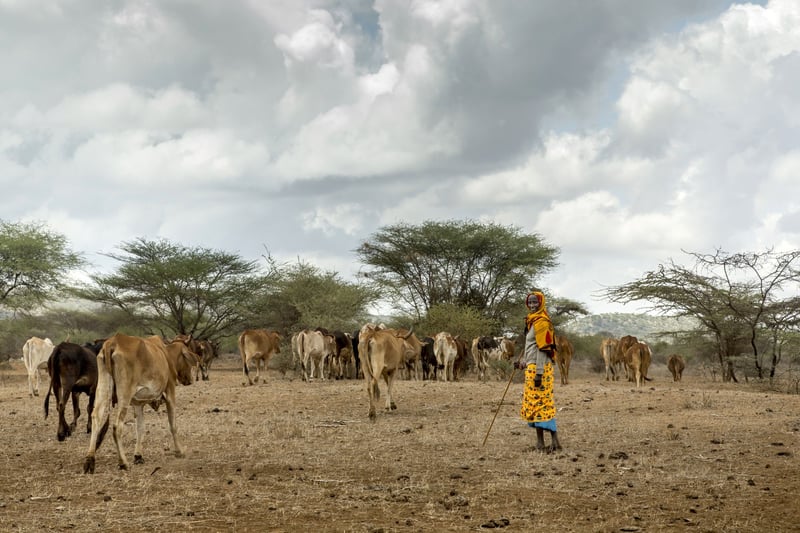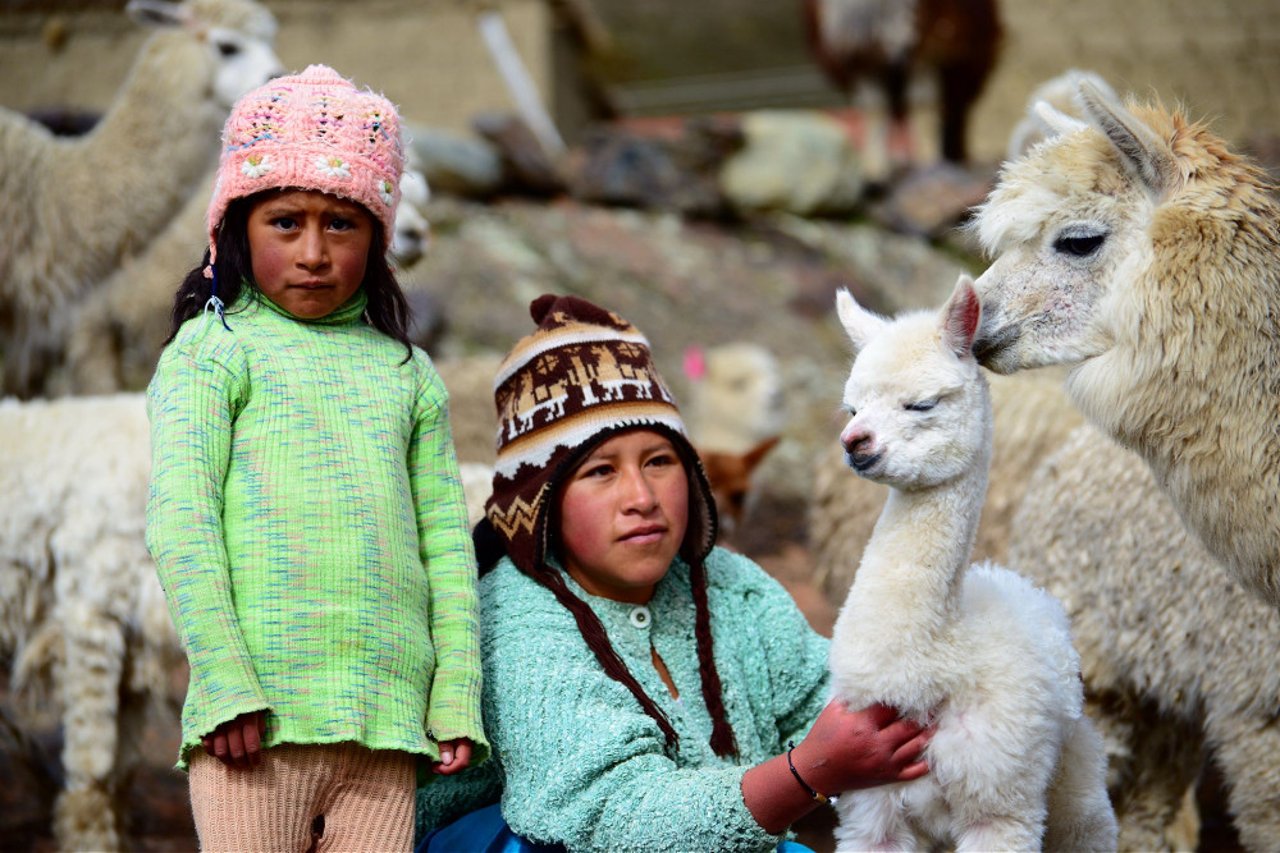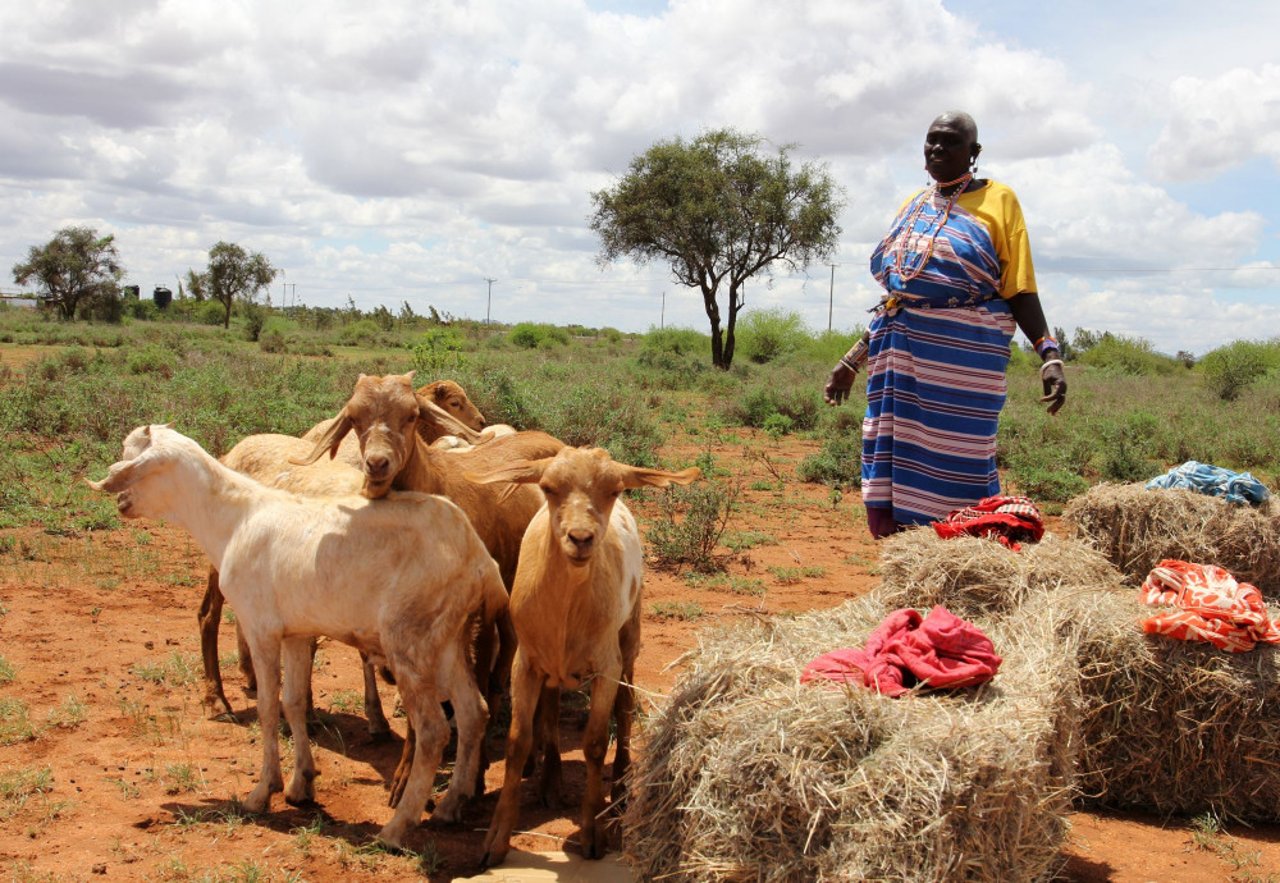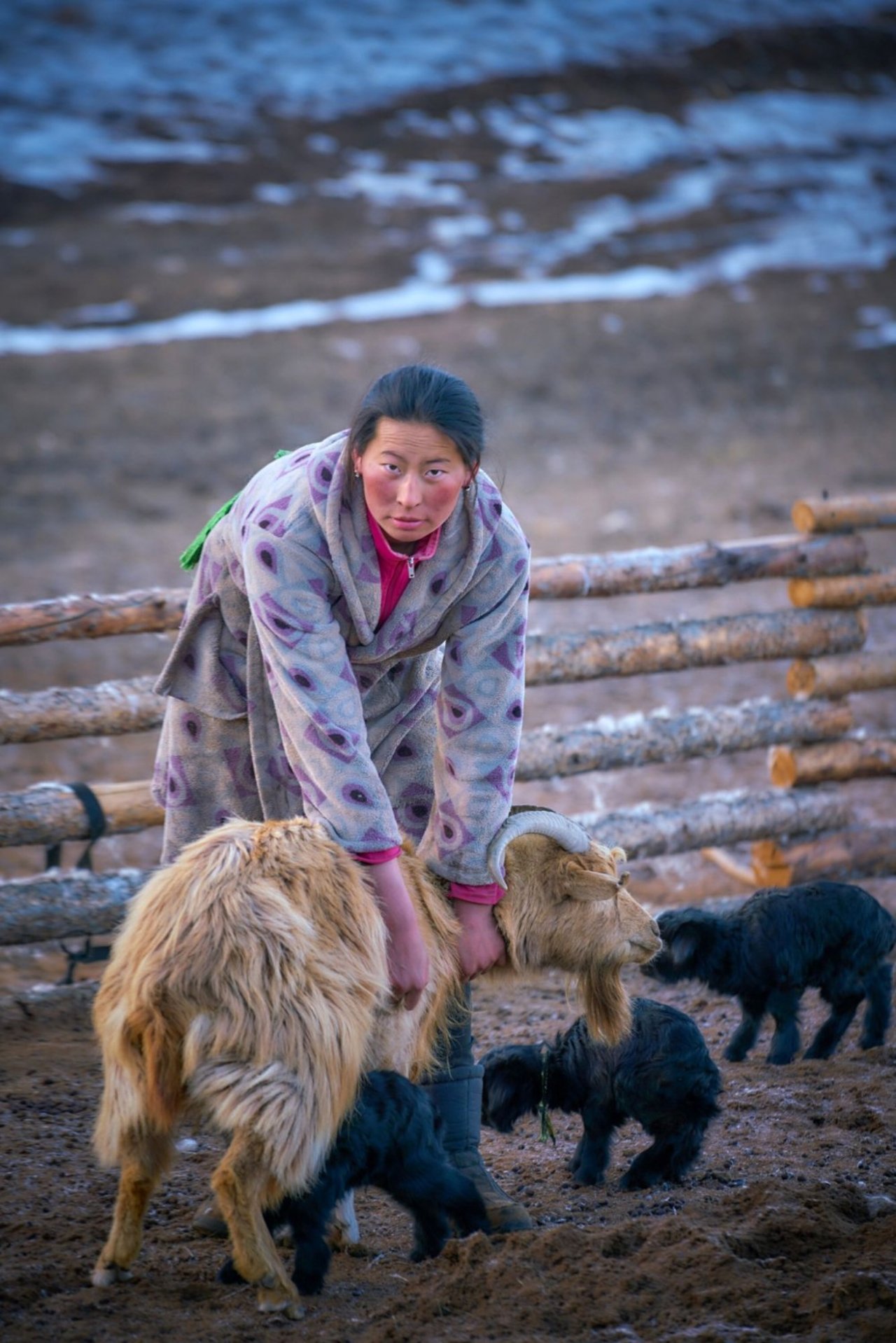
Animals are critical to Canada's new international aid policy
News
Canada's new international aid policy offers a progressive new approach to humanitarian response and animals are critical to achieve its objectives
Our disaster response team is busy year-round helping animals affected by disasters which are increasing in frequency and intensity due to climate change. Animals are often neglected in disasters and are rarely included in emergency plans or policies aimed at preventing disasters in the first place (disaster risk reduction).
It may not be surprising that animals were barely mentioned in Canada's new international assistance policy announced today. We believe the new policy offers a progressive new approach to Canada’s international humanitarian response and development and animals are absolutely critical to the achievement of its objectives, including:
Empowering women and girls and inclusive economic growth
1.3 billion of the world's poorest people depend on animals for their livelihoods; two-thirds are women. Animals are one of the most important sources of income that women can access and manage in all regions of the world. This income is critical to pay for their children to go to school. Women and children are most affected when animals die in disasters.
A woman and her daughter with their alpacas in Bolivia's Andean region. Farmers in this area rely on camelids, which have been affected by a drought and harsh winters since 2012.
Helping people build resilience to disasters and climate change
The poorest people who depend on animals for their livelihoods also live in the regions of the world that are most vulnerable to disasters and climate change such as sub-Saharan Africa and Southern Asia. It is therefore imperative that strategies aimed at building resilience, include animals.
The new policy mentions an important fact: “In a single day in 25 sub-Saharan African countries, women spend a combined 16 million hours collecting water for their families”.
One donkey can save a woman 25 hours of work every week. This can free up a women’s time to be with her children and be more engaged in her local community. This demonstrates how the lives and welfare of animals and women are interconnected. If donkeys are well cared for, they can support women for longer.
Click here to learn more about how protecting animals in disasters protects people
Maria Saba is 65 years old from Kajiado County in Kenya where they are currently experiencing an ongoing drought. She has 10 children and five grandchildren. Seven of her children have grown up and become pastoralists like her. Maria relies on her three cows, four goats and one sheep for her family’s food and livelihood.
Animals are critical to the success of many of Canada’s new international assistance priorities. We believe the new aid policy opens the door to having projects that protect animals in disasters funded by the Canadian government.
Alagerdene Otgon looks after her family and 300 livestock in Mongolia. Ms Otgon relies on her animals for meat and milk; she also sells their coats in summertime in the form of cashmere wool. Animals help bring the income allowing her to buy additional goods, send her children to school and pay for medical care. Livestock owners in Mongolia have been suffering from extreme weather since 2016 which has killed millions of animals.
Read our case studies on animal protection and disaster risk reduction
Animals are critical to the success of many of Canada’s new international assistance priorities. We believe the new aid policy opens the door to having projects that protect animals in disasters funded by the Canadian government.



